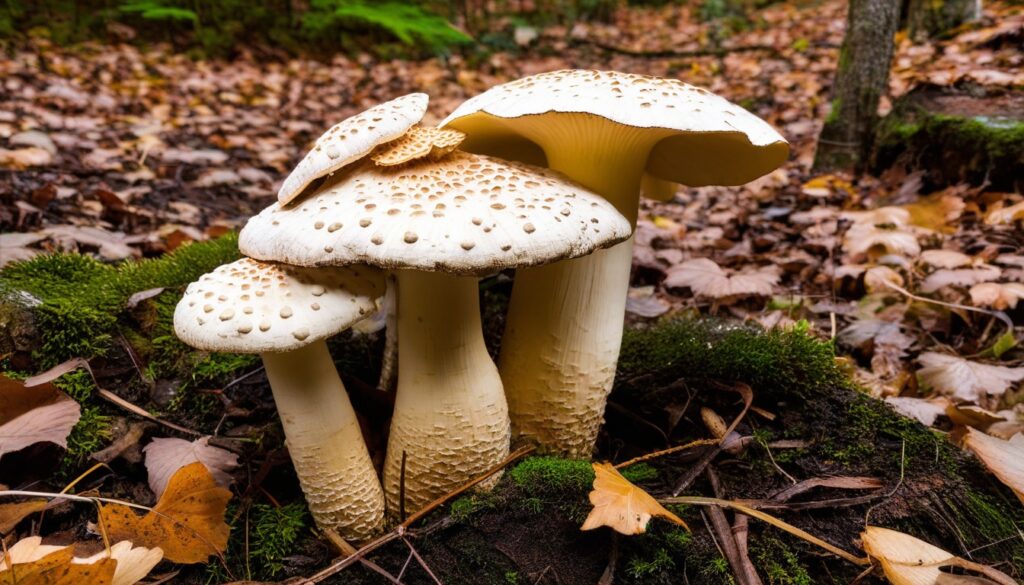If you’re thinking about growing mushrooms indoors, you may have heard concerns about potential dangers. While there are certain risks associated with this hobby, it is important to understand the facts and take necessary precautions for a safe and successful experience.
In this article, we will explore the basics of indoor mushroom cultivation, potential dangers, and how to minimize risks. We’ll also highlight the benefits of growing your own mushrooms and provide practical tips for safe cultivation.
Key Takeaways:
- Growing mushrooms indoors can be safe and rewarding with proper precautions.
- Potential dangers include toxic mushroom species, exposure to spores, and contamination risks.
- Minimizing risks involves identifying and avoiding toxic mushrooms, minimizing exposure to spores, and maintaining a clean growing environment.
- Benefits of growing mushrooms indoors include having a fresh supply of nutritious mushrooms, reducing environmental impact, and potential cost savings.
- Following guidelines for safe indoor mushroom cultivation can ensure a positive experience.
Understanding the Basics of Growing Mushrooms Indoors
Before diving into the potential dangers of growing mushrooms indoors, it’s important to understand the fundamentals of this practice. Here, we’ll cover the necessary equipment, ideal growing conditions, and suitable mushroom species for indoor cultivation.
Equipment
To grow mushrooms indoors, you’ll need some basic equipment:
- Spawn: the mushroom “seeds” that you’ll use to grow your crop.
- Substrate: the growing medium that supports your mushrooms. This can be anything from sawdust to coffee grounds to straw.
- Container: something to hold your substrate and spawn. This can be a plastic tub, a mason jar, or a grow bag.
- Mister: to keep the substrate moist.
- Thermometer/hygrometer: to monitor the temperature and humidity in your growing environment.
- Clean space: to reduce the risk of contamination.
Ideal Growing Conditions
Most mushroom species require similar growing conditions:
|
Condition |
Ideal Range |
|---|---|
|
Temperature |
60-75°F (15-24°C) |
|
Humidity |
80-90% |
|
Light |
Indirect or low light |
|
Air Exchange |
Good ventilation to prevent CO2 buildup |
Suitable Mushroom Species for Indoor Cultivation
There are numerous mushroom species that can be grown indoors, each with their own ideal growing conditions. Here are a few popular options:
- Oyster mushrooms: One of the easiest varieties to grow, oyster mushrooms come in a variety of colors and have a mild, slightly sweet flavor.
- Shiitake mushrooms: A staple in Asian cuisine, shiitake mushrooms have a rich, savory flavor and can be grown on logs or sawdust.
- Lion’s mane mushrooms: With their unique appearance resembling a lion’s mane, these mushrooms have a mild, seafood-like taste and are high in antioxidants.
With the right equipment, growing conditions, and mushroom species, you can enjoy a successful indoor mushroom cultivation experience.
Potential Dangers of Growing Mushrooms Indoors
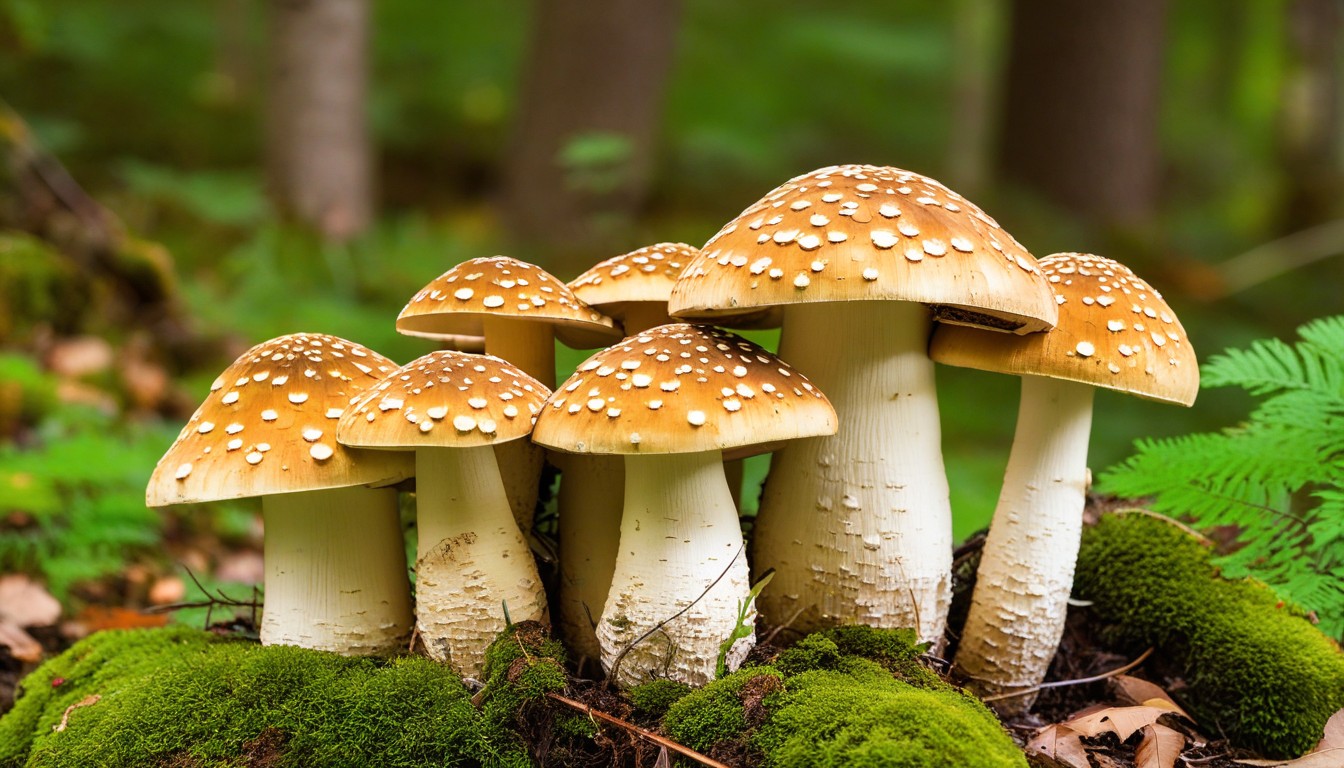
While growing mushrooms indoors can be a fun and rewarding hobby, it is important to understand the potential risks involved. This section will explore some of the dangers of growing mushrooms indoors to help you make informed decisions and stay safe.
Dangers of Toxic Mushrooms
One of the significant risks associated with growing mushrooms indoors is the growth of toxic mushroom species. Some varieties, such as the death cap mushroom, can be highly poisonous and even lethal if ingested.
Tip: It is crucial to identify the specific mushroom species you are growing to avoid any toxic varieties. If you have any doubts, do not consume the mushrooms.
Exposure to Spores
Another risk is exposure to mushroom spores. While mushroom spores are generally harmless, they can cause respiratory irritation and allergic reactions in some individuals. It is important to minimize exposure to spores during the growing process to prevent any potential health issues.
Tip: Wear gloves, a mask, and protective clothing when handling mushrooms. Ensure proper ventilation in the growing area to reduce spore concentration in the air.
Risk of Contamination
|
Contamination Sources: |
Prevention: |
|---|---|
|
Dirty equipment |
Clean and sterilize equipment thoroughly before and after use |
|
Poor air quality |
Maintain a clean and well-ventilated growing area |
|
Improper storage of substrates |
Store substrates in a clean and dry area |
Contamination can occur during the growing process and lead to poor yields or the growth of harmful bacteria. It is crucial to maintain a sterile and clean growing environment to minimize the risk of contamination.
Toxic Mushroom Species to Watch Out For
While mushrooms are a delicious addition to any dish, consuming the wrong kind can be dangerous and even deadly. Here are some common toxic mushroom species to watch out for when growing mushrooms indoors:
|
Mushroom Species |
Toxicity |
Symptoms |
|---|---|---|
|
Amanita phalloides |
Deadly |
Abdominal pain, vomiting, diarrhea, liver failure |
|
Galerina marginata |
Deadly |
Nausea, vomiting, abdominal pain, liver failure |
|
Cortinarius rubellus |
Deadly |
Abdominal pain, vomiting, diarrhea, kidney failure |
|
Conocybe filaris |
Deadly |
Vomiting, diarrhea, hallucinations, seizures, coma |
|
Coprinus atramentarius |
Moderately Toxic |
Facial flushing, nausea, vomiting, disulfiram-like reaction if consumed with alcohol |
It is important to note that identifying toxic mushrooms can be difficult, and it is recommended to only consume mushrooms that are purchased from a reputable source or that have been positively identified by an expert. When growing mushrooms indoors, be sure to research the species thoroughly and take all necessary precautions to avoid contamination.
Minimizing Exposure to Mushroom Spores
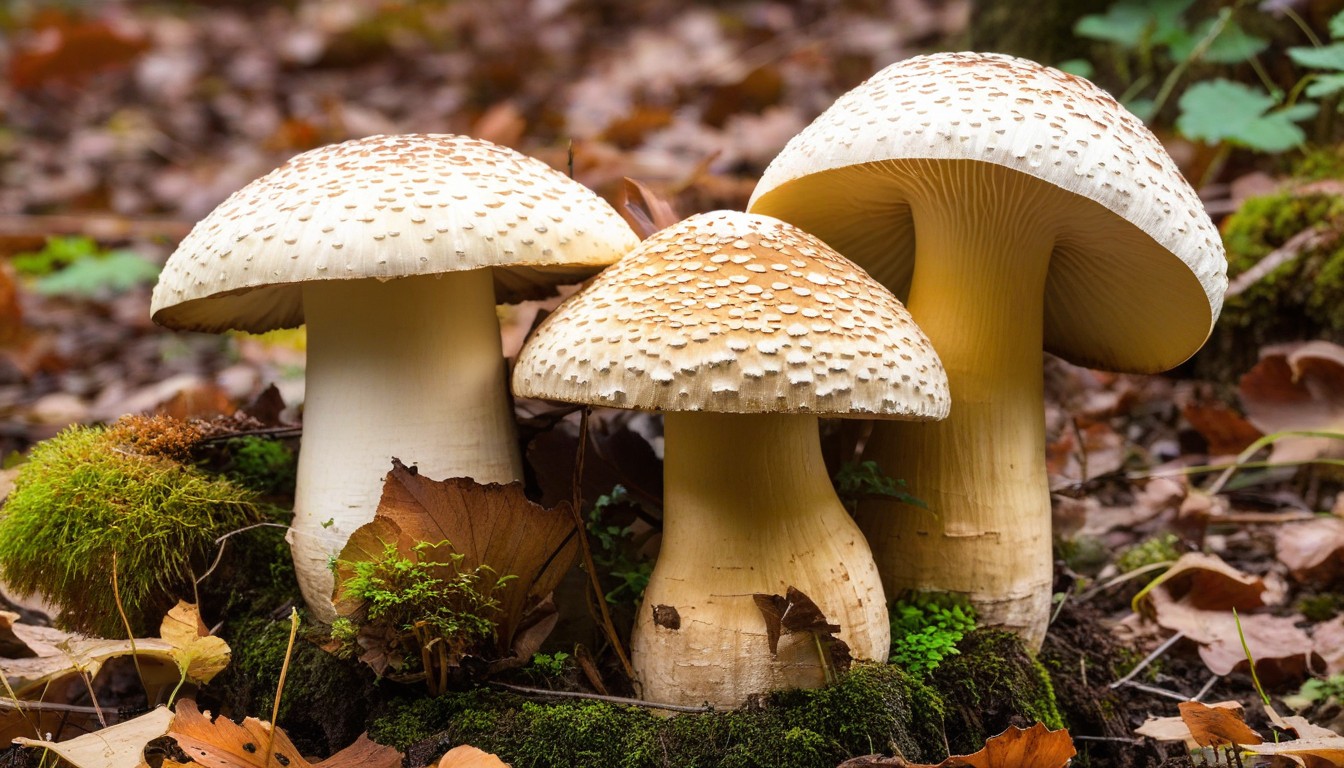
Exposure to mushroom spores can cause respiratory irritation and allergic reactions in some individuals. It is important to take steps to minimize exposure during the growing process.
Proper Ventilation
One way to reduce exposure to mushroom spores is to ensure proper ventilation in your growing area. This can be achieved by using a fan or opening windows to circulate air and prevent spores from becoming concentrated.
Wearing Protective Gear
When handling mushrooms, it is recommended to wear gloves, a mask, and goggles to minimize exposure to spores. This is especially important for individuals with respiratory issues or allergies.
Cleaning Up Spills
In the event of a spill, it is important to clean it up promptly to prevent spores from spreading. Wipe up any visible spores with a damp cloth or paper towel and dispose of it immediately. Use a diluted bleach solution to sanitize the area and prevent contamination.
Storing Mushrooms Properly
After harvesting, store mushrooms in airtight containers to prevent the release of spores. Clean and sanitize the container before each use to prevent contamination from other spores or bacteria.
Contamination Risks in Indoor Mushroom Cultivation
Growing mushrooms indoors require a sterile and controlled environment to thrive. However, despite our best efforts, contamination can occur during the growing process. Contamination can be caused by bacteria, mold spores, or other harmful microorganisms that can significantly impact your yield and pose potential health risks.
Common Sources of Contamination
- Improper sterilization of equipment and growing medium
- Introduction of contaminated spores or other materials
- Poor ventilation and humid conditions
- Infected mushroom cultures
To avoid contamination, it is crucial to ensure that all equipment and growing mediums are thoroughly sterilized before use. Also, avoid using any material that could potentially introduce harmful spores to your growing environment.
Maintaining a Clean Growing Environment
Keeping a clean and sterile growing environment is key to preventing contamination and ensuring a healthy yield. Here are some tips:
- Regularly sanitize all equipment, including containers, gloves, and cutting tools.
- Keep your workspace clean and organized.
- Avoid overcrowding your growing containers and maintain proper ventilation.
- Monitor the temperature and humidity levels in your growing space closely.
By following these guidelines, you can significantly reduce the risk of contamination and enjoy a successful indoor mushroom cultivation experience.
Tip: As you continue to grow mushrooms indoors, keep a contamination log to track any issues that arise. This will help you identify patterns and adjust your growing process accordingly.
Benefits of Growing Mushrooms Indoors
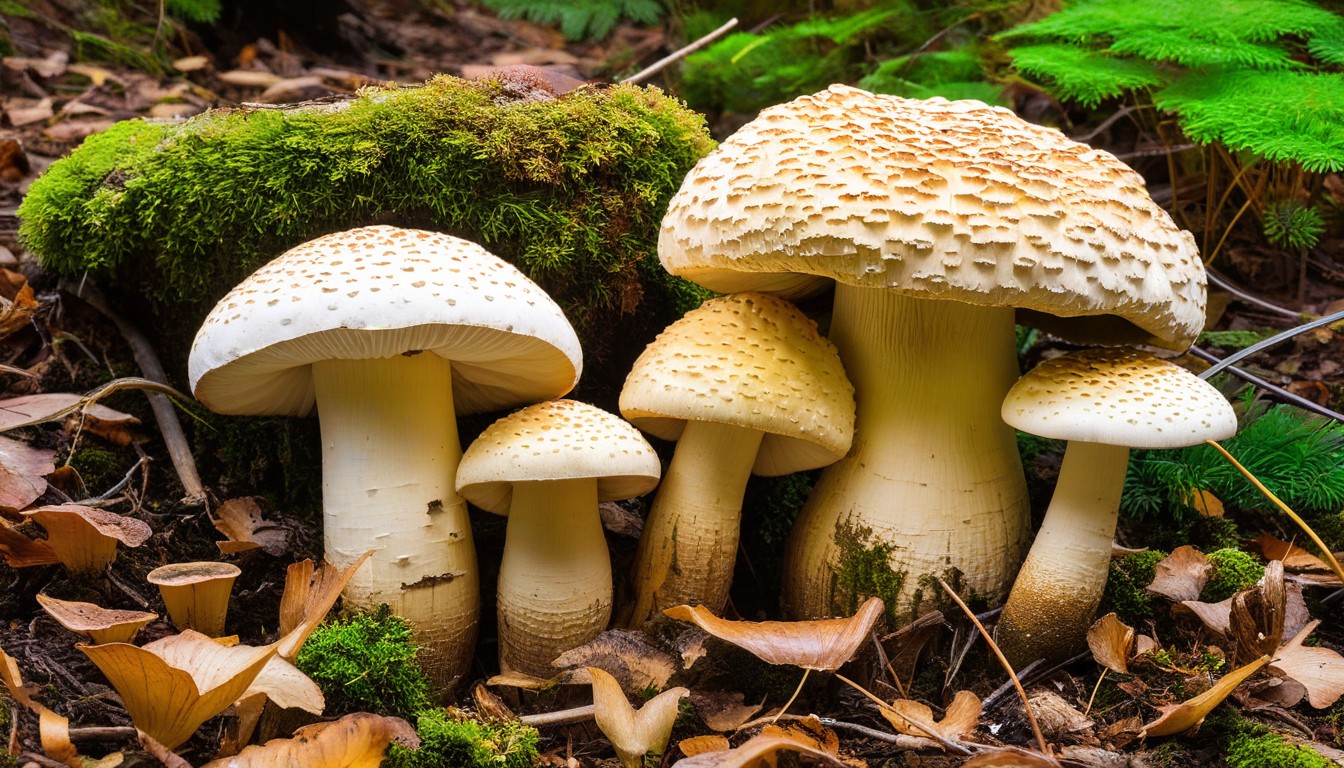
Growing mushrooms indoors is becoming a popular hobby for many reasons. One of the biggest benefits of indoor mushroom cultivation is having a fresh supply of nutritious and flavorful mushrooms. Unlike store-bought mushrooms that can be days or even weeks old, home-grown mushrooms can be harvested at their peak freshness, providing a superior taste and texture.
Another advantage is the reduced environmental impact. Commercial mushroom production involves significant energy consumption and transportation costs. By growing your mushrooms at home, you can minimize your carbon footprint and contribute to a more sustainable lifestyle.
Health Benefits
Many mushroom species are also packed with health benefits. They are low in calories and high in protein, making them an excellent addition to a healthy diet. Mushrooms are also a good source of antioxidants, which can promote healthy aging and reduce the risk of chronic diseases such as cancer. They are even known to boost the immune system and improve cognitive function.
Financial Savings
Growing your mushrooms indoors can also lead to significant cost savings. While the initial startup costs for equipment and supplies can be an investment, the ongoing expenses are relatively low. Once you have established your growing environment, you can produce mushrooms at a fraction of the cost of store-bought mushrooms.
Fun and Educational
Indoor mushroom cultivation can also be a fun and educational experience. It provides an opportunity to learn about the science behind growing mushrooms and to experiment with different growing techniques. As a hobby, it can be a relaxing and rewarding way to spend your time.
“Growing your mushrooms at home can be an empowering experience. It allows you to take control of your food supply and to enjoy the many benefits of fresh and nutritious mushrooms.”
In conclusion, growing mushrooms indoors provides several benefits, including access to fresh and nutritious mushrooms, reduced environmental impact, potential financial savings, and a fun and educational hobby. By understanding the basics of indoor cultivation and following safety precautions, you can cultivate your mushrooms at home with confidence.
Tips for Safe Indoor Mushroom Cultivation
If you’re interested in growing mushrooms indoors, it’s important to follow certain guidelines to ensure a safe and successful experience. Here are some practical tips for safe indoor mushroom cultivation:
- Start small: If you’re new to indoor mushroom cultivation, start with a small batch to get the hang of the process before scaling up.
- Choose a suitable location: Select a clean, well-ventilated area for your growing operation. Avoid areas prone to temperature fluctuations or high humidity.
- Use clean equipment: Sterilize all equipment before use to prevent contamination. This includes containers, utensils, and any surfaces that come into contact with the mushrooms.
- Wear protective gear: Wear gloves, a mask, and eye protection when handling mushrooms to minimize exposure to spores.
- Monitor temperature and humidity: Each mushroom species has different temperature and humidity requirements for optimal growth. Use a hygrometer and thermometer to maintain ideal growing conditions.
- Avoid toxic mushroom species: Only cultivate non-toxic mushroom species to prevent accidental ingestion of harmful varieties.
- Maintain a clean growing environment: Regularly clean and sanitize the growing area to prevent contamination. Use a mixture of vinegar and water to clean surfaces.
- Dispose of contaminated materials: If you notice any signs of contamination, discard all contaminated materials immediately to prevent the spread of harmful bacteria.
- Harvest mushrooms safely: Use scissors to cut the mushrooms at the stem and avoid handling them with bare hands to prevent contamination.
By following these tips, you can ensure safe and successful indoor mushroom cultivation. Remember to always prioritize safety and take necessary precautions to avoid potential risks.
Common Myths and Misconceptions about Indoor Mushroom Cultivation
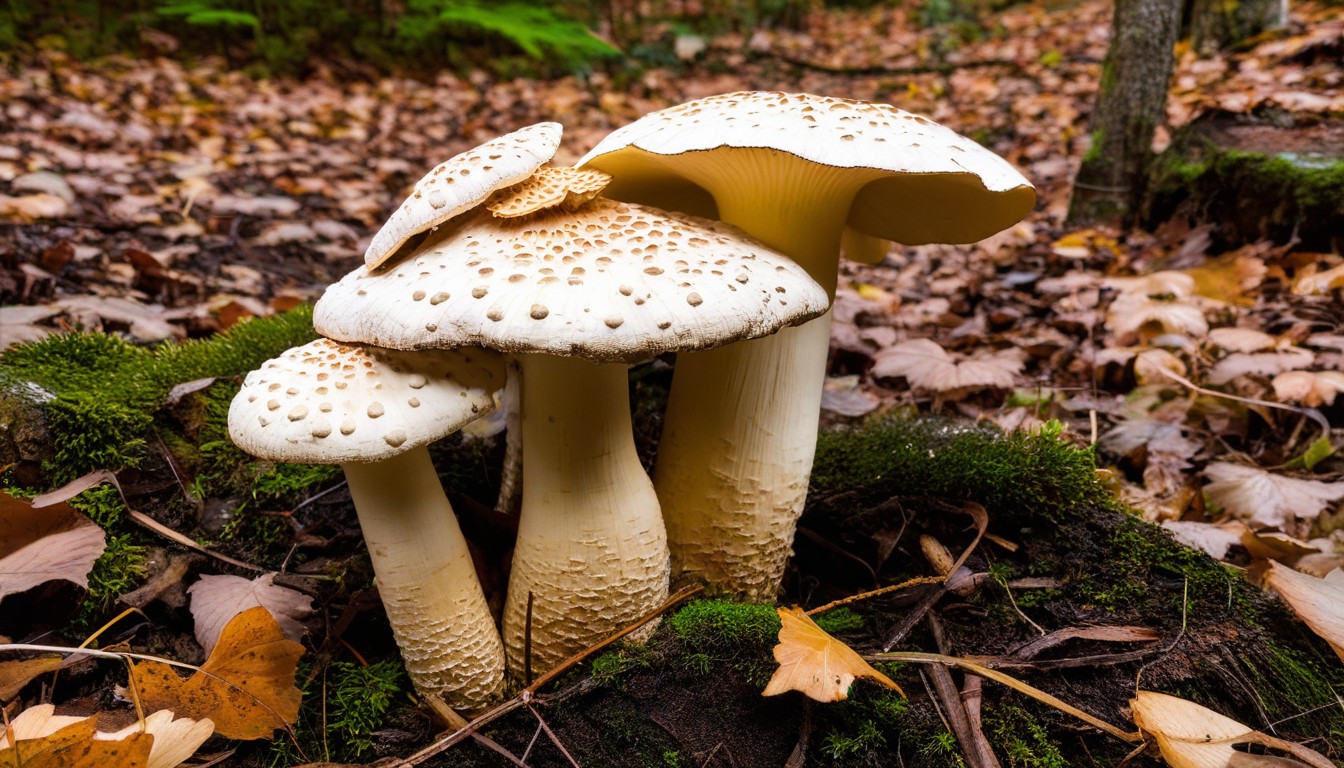
There are several myths surrounding indoor mushroom cultivation that may cause unnecessary concern for individuals looking to start this rewarding hobby. Let’s take a closer look at some of these common misconceptions:
“Mushrooms are hard to grow and require specialized equipment.”
While growing mushrooms indoors does require a certain level of attention and care, it is not as difficult as many people believe. With the proper equipment and a bit of patience, anyone can cultivate their own mushrooms at home. Mushrooms can be grown using simple methods and readily available materials such as a plastic container, spores, and substrate.
“All wild mushrooms are poisonous, and growing them indoors is dangerous.”
This is a common misconception that has led to the belief that all mushrooms are poisonous and dangerous. While it is true that certain wild mushrooms can be toxic, not all mushrooms are harmful to humans. In fact, many commercially available mushroom species are edible and easy to grow indoors. Growing your own mushrooms can also reduce the risk of consuming poisonous varieties by ensuring that only safe species are cultivated.
“Mushrooms are only for culinary purposes.”
While mushrooms are commonly used in cooking, they also have a range of medicinal and nutritional benefits. Many mushroom species contain valuable nutrients such as vitamin D, protein, and antioxidants. Some species are also used in traditional medicine to treat various ailments.
“Growing mushrooms is expensive.”
Contrary to popular belief, growing mushrooms at home can be a cost-effective hobby. With the right equipment and materials, it is possible to cultivate mushrooms at a fraction of the cost of purchasing them from a store. Additionally, using sustainable growing methods and reusing materials can further reduce expenses.
“Indoor mushroom cultivation is illegal.”
While there are certain restrictions and regulations regarding the commercial cultivation and sale of mushrooms, growing them for personal use is legal in most places. As with any hobby, it is important to research local laws and regulations to ensure compliance.
“Mushrooms can be grown using simple methods and readily available materials such as a plastic container, spores, and substrate.”
- Myth: Growing mushrooms is a complicated process that requires specialized equipment.
- Fact: With the right materials and a bit of care, anyone can cultivate mushrooms at home.
- Myth: All wild mushrooms are poisonous, and growing them indoors is dangerous.
- Fact: Not all mushrooms are toxic, and many commercially available species are safe and easy to grow indoors.
- Myth: Indoor mushroom cultivation is illegal.
- Fact: Growing mushrooms for personal use is legal in most places, but it is important to research local laws and regulations.
Conclusion
In conclusion, growing mushrooms indoors can be a safe and enjoyable experience if proper precautions are taken. While there are potential risks involved, understanding and managing them can lead to a successful cultivation experience.
We have covered the basics of indoor mushroom cultivation, including the necessary equipment, ideal growing conditions, and suitable mushroom species. We’ve also explored potential dangers such as the growth of toxic mushrooms, exposure to spores, and the risk of contamination.
Tips for Safe Indoor Mushroom Cultivation
To ensure a safe and successful indoor mushroom cultivation experience, it is essential to follow certain guidelines. Some tips include:
- Use a high-quality mushroom kit or purchase spores from a reputable supplier.
- Maintain a clean growing environment to minimize the risk of contamination.
- Handle mushrooms with care to avoid exposure to spores.
- Identify and avoid toxic mushroom species.
- Monitor and adjust temperature and humidity levels to create ideal growing conditions.
By following these guidelines, you can minimize risks and create a healthy growing environment.
Common Myths and Misconceptions about Indoor Mushroom Cultivation
There are several myths surrounding indoor mushroom cultivation. We’ve debunked a few of the common ones below:
- Myth: Growing mushrooms indoors is dangerous and should be avoided.
- Reality: Growing mushrooms indoors can be a safe and rewarding experience if proper precautions are taken.
- Myth: All mushrooms grown indoors are safe to eat.
- Reality: Some mushroom species can be highly toxic if ingested. It is important to identify and avoid these dangerous varieties.
- Myth: Indoor mushroom cultivation is difficult and requires extensive knowledge.
- Reality: While there is a learning curve involved, with proper research and following guidelines, even beginners can successfully grow mushrooms indoors.
By understanding the facts and avoiding common misconceptions, you can make informed decisions about your indoor mushroom cultivation practice.
Overall, with the right knowledge and precautions, growing mushrooms indoors can offer numerous benefits, including having a fresh, nutritious supply of mushrooms, reducing environmental impact, and potential financial savings. So why not give it a try?
FAQ
Is growing mushrooms indoors dangerous?
Growing mushrooms indoors can be safe if proper precautions are taken. Understanding and managing the potential risks involved can ensure a positive experience.
What are the basics of growing mushrooms indoors?
Before delving into the safety aspect, it is important to grasp the fundamentals. This section will cover the necessary equipment, ideal growing conditions, and the various mushroom species suitable for indoor cultivation.
What are the potential dangers of growing mushrooms indoors?
While growing mushrooms indoors can be rewarding, there are risks involved. This section will explore potential dangers such as the growth of toxic mushrooms, exposure to spores, and the risk of contamination.
What are some toxic mushroom species to watch out for?
Some mushroom species can be highly toxic if ingested. This section will provide an overview of toxic mushroom species commonly found in indoor cultivation and how to identify and avoid them.
How can I minimize exposure to mushroom spores?
Mushroom spores can cause respiratory irritation and allergic reactions. This section will discuss strategies to minimize exposure to spores during the growing process and provide safety precautions when handling mushrooms.
What are the contamination risks in indoor mushroom cultivation?
Contamination can occur during the growing process, leading to poor yields or harmful bacteria growth. This section will explain common sources of contamination and provide tips on maintaining a clean and sterile growing environment.
What are the benefits of growing mushrooms indoors?
Despite potential risks, growing mushrooms indoors offers numerous benefits. This section will highlight advantages such as having a fresh supply of nutritious mushrooms, reducing environmental impact, and potential financial savings.
What are some tips for safe indoor mushroom cultivation?
To ensure a safe and successful indoor mushroom cultivation experience, it is essential to follow guidelines. This section will provide practical tips for beginners to minimize risks and maintain a healthy growing environment.
What are some common myths and misconceptions about indoor mushroom cultivation?
There are several myths surrounding indoor mushroom cultivation that may contribute to safety concerns. This section will debunk common misconceptions and provide accurate information to help you make informed decisions.
What is the conclusion regarding growing mushrooms indoors?
Growing mushrooms indoors can be a safe and rewarding endeavor if proper precautions are taken. Understanding and managing the risks involved can ensure a positive experience. By following guidelines and considering the benefits, you can enjoy the satisfaction of cultivating your own mushrooms without unnecessary worries.

